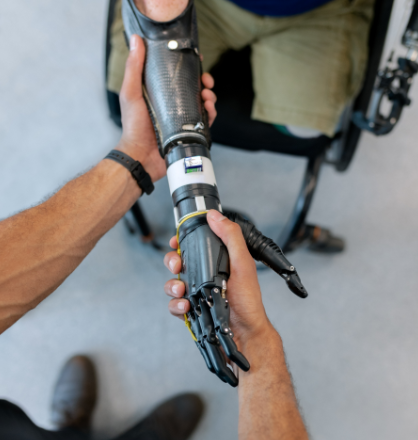Software maintenance is an important aspect of the Software Development Life Cycle (SDLC)
“Any product without a Proper Maintenance Process Will soon end Up as Obsolete”
Any product after it is implemented requires proper maintenance to run smoothly without affecting the business operations for which the product was developed. Software maintenance is the process of changing, modifying, and updating the software and keeping it running with minimum downtime.
Generally, maintenance comes into effect once a product has been fully launched. However, for reasons such as improving the product features, correcting issues/defects, or enhancing its performance, maintenance becomes an essential part of ensuring that business continuity is not affected
There are various methods or techniques used for software maintenance. Using the right software maintenance techniques and strategies is a critical part of keeping any software performing for a long period of time and keeping the user's expectations intact.
Let's Talk














